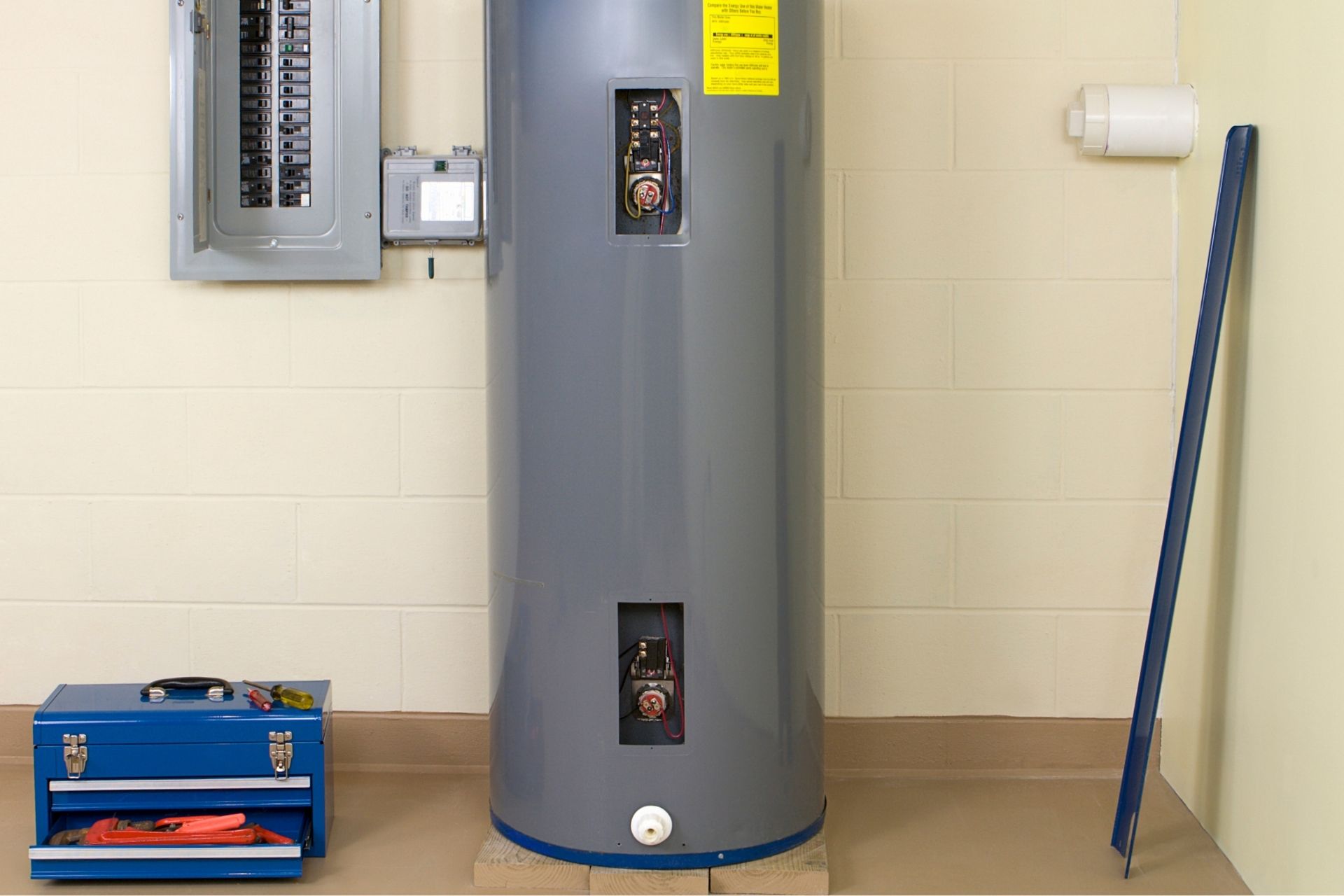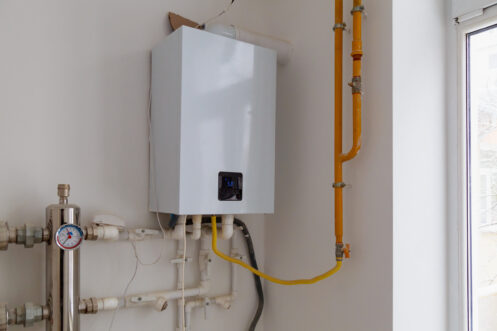How do you feel when it comes to Tips For Maintaining Your Hot Water Heater?

Hot water is essential for everyday convenience, whether it's for a revitalizing shower or washing dishes. To guarantee your warm water system runs efficiently and lasts longer, routine maintenance is vital. This write-up offers functional pointers and insights on exactly how to preserve your home's warm water system to stay clear of disruptions and costly repairs.
Introduction
Keeping your home's warm water system might seem difficult, however with a few easy actions, you can guarantee it runs smoothly for many years to come. This guide covers whatever from understanding your warm water system to DIY maintenance suggestions and recognizing when to call in professional help.
Significance of Preserving Your Warm Water System
Normal upkeep not just expands the life-span of your hot water system however likewise guarantees it operates effectively. Neglecting upkeep can lead to decreased efficiency, greater power expenses, and even early failing of the system.
Indications Your Hot Water System Requirements Maintenance
Understanding when your hot water system requires focus can stop significant concerns. Keep an eye out for signs such as irregular water temperature level, strange noises from the heater, or rusty water.
Flushing the Water Heater
Flushing your water heater removes sediment accumulation, enhancing performance and lengthening its life.
Monitoring and Changing Anode Rods
Anode rods prevent corrosion inside the storage tank. Examining and replacing them when broken is critical.
Facility Issues Calling For Specialist Aid
Instances include major leakages, electric troubles, or if your hot water heater is constantly underperforming.
Regular Expert Maintenance Benefits
Professional upkeep can consist of complete assessments, tune-ups, and making sure conformity with security requirements.
Examining and Adjusting Temperature Level Setups
Changing the temperature level setups makes sure ideal performance and safety.
DIY Tips for Upkeep
You can do several maintenance jobs on your own to keep your hot water system in top problem.
Looking for Leaks
Routinely evaluate pipelines and connections for leaks, as these can bring about water damage and higher bills.
Understanding Your Hot Water System
Prior to diving right into maintenance tasks, it's helpful to recognize the standard elements of your hot water system. Normally, this includes the water heater itself, pipelines, anode poles, and temperature level controls.
Monthly Maintenance Tasks
Normal month-to-month checks can assist catch minor issues prior to they intensify.
Evaluating Stress Relief Valves
Testing the pressure relief valve guarantees it functions properly and avoids too much pressure buildup.
Shielding Pipes
Insulating warm water pipelines decreases heat loss and can conserve energy.
When to Call a Specialist
While DIY maintenance is beneficial, some concerns require specialist know-how.
Conclusion
Normal upkeep of your home's hot water system is necessary for efficiency, long life, and cost financial savings. By following these ideas and knowing when to look for professional assistance, you can make sure a trusted supply of hot water without unexpected interruptions.
How to Maintain an Instant Hot Water Heater
Before tinkering with your hot water heater, make sure that it’s not powered on. You also have to turn off the main circuit breaker and shut off the main gas line to prevent accidents. Also turn off the water valves connected to your unit to prevent water from flowing into and out of the appliance. 2. When you’re done, you have to detach the purge valves’ caps. These look like the letter “T” and are situated on either side of the water valves. Doing so will release any pressure that has accumulated inside the valves while at the same time avoid hot water from shooting out and burning your skin. 3. When the purge valves’ caps are removed, you have to connect your hosing lines to the valves. Your unit should have come with three hoses but if it didn’t, you can purchase these things from any hardware or home repair shops. You can also get them from retail stores that sell water heating systems. Read the user’s manual and follow it to complete this task properly. When the hosing lines are connected, open the purge port’s valves. 4. You should never use harsh chemical cleaners or solutions when cleaning your unit. Make use of white vinegar instead. It should be undiluted and you’ll probably use about 2 gallons. 5. Now flush your water heater. This task should probably take about 40 minutes. We can’t give you specific directions for this because the procedure is carried out depending on the type, model and brand of your heater. With that being said, refer to the user’s manual. 6. When you’re done draining the unit, you have to turn off the purge port valves again. Remove the hosing lines that you earlier installed on each of the water valves. Put the valve caps (purge port) back in their respective places and be very careful so as not to damage the rubber discs that are found inside these caps. 7. Now that everything’s back in place, check your user’s manual again to find out how to reactivate your water heating system. 8. Once it is working, turn one of your hot water faucets on just to let air pass through the heater’s water supply pipes. Leave the tap on until water flows smoothly out of it. https://www.orrplumbing.com/blog/2014/september/how-to-maintain-an-instant-hot-water-heater/

I found that content about How to Maintain Your Water Heater & Prolong its Life when doing a lookup on the internet. Loved our write-up? Please quickly share it. Help someone else locate it. Thank you for your time spent reading it.
Maintenance Sign-Up